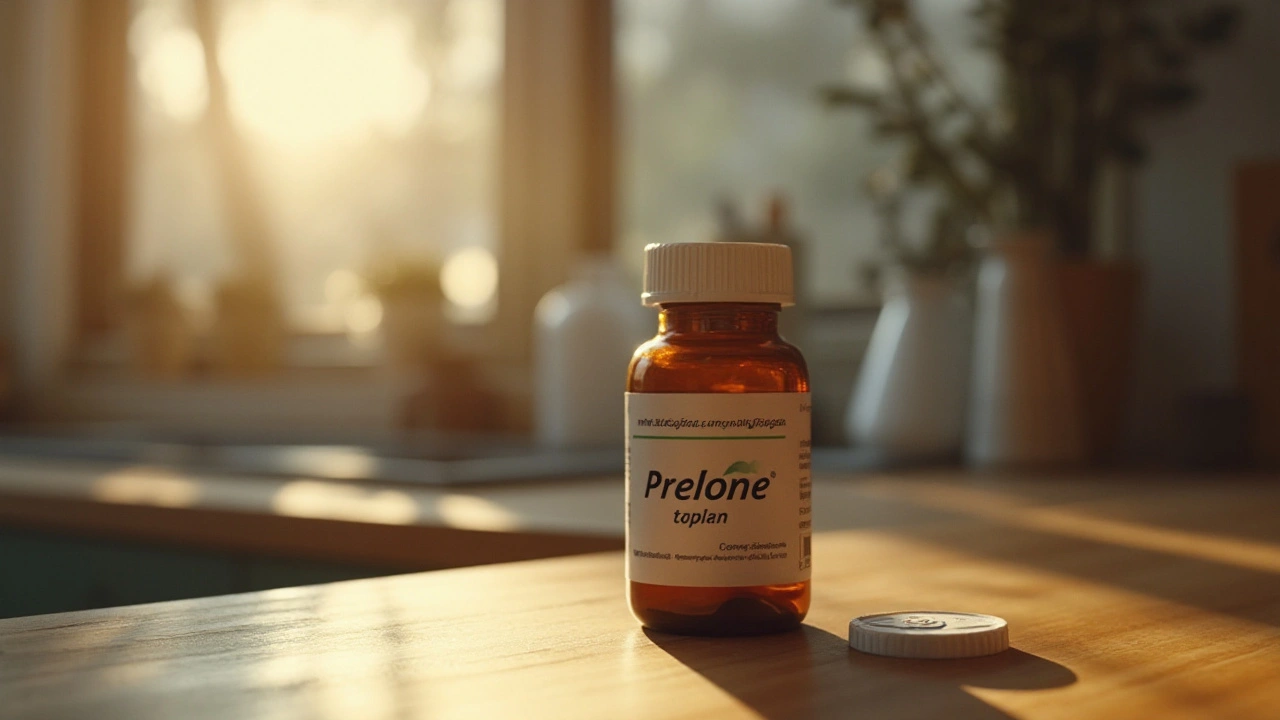Prednisolone: What It Does, How to Use It, and Safety Tips
Prednisolone is a steroid medicine doctors use to reduce inflammation and suppress the immune system. People take it for asthma, allergic reactions, rheumatoid arthritis, skin conditions, and some eye problems. It works fast, often improving breathing or swelling within hours to days.
How you take prednisolone depends on your condition. Short courses (a few days) are common for severe allergies or asthma flares. Longer courses (weeks or months) may be needed for autoimmune diseases. Your doctor decides the dose based on your weight, illness severity, and response to treatment.
Common Doses and Practical Tips
Typical short-course doses range from 20 mg to 60 mg per day for adults, sometimes given as a single morning dose to mimic natural hormones. Children get weight-based dosing — usually around 0.5 to 2 mg per kg per day — so follow pediatric guidance closely. For long-term use, doctors often taper the dose slowly to avoid withdrawal and let the body readjust hormone production.
Take prednisolone with food to cut down on stomach upset. If you notice mood changes, trouble sleeping, or increased appetite, mention these to your clinician — they can adjust timing or dose. Avoid sudden stopping after several weeks of use; tapering reduces the risk of adrenal insufficiency, which can make you weak, dizzy, or sick.
Side Effects and When to Call a Doctor
Short-term side effects include increased appetite, trouble sleeping, mood swings, and fluid retention. Long-term effects can be more serious: higher blood sugar, weight gain, osteoporosis, easy bruising, and increased infection risk. People with diabetes, high blood pressure, or osteoporosis should talk to their doctor about monitoring while on prednisolone.
Call your healthcare provider right away for severe side effects like high fever, new infections, severe stomach pain, vision changes, sudden swelling, or signs of adrenal crisis (severe weakness, dizziness, fainting). Also alert medical staff you’re taking prednisolone before surgery or major dental work — the body may need extra steroid support during stress.
If you're taking other drugs, watch for interactions. Common examples include certain blood thinners, diabetes medicines, and vaccines. Live vaccines are usually avoided while on significant steroid doses because of immune suppression.
Want to buy prednisolone online? Use caution. Choose pharmacies that require a valid prescription, show clear contact info, and are licensed in your country. Avoid sites offering huge discounts without asking for a prescription — counterfeit or unsafe products are common in those places.
Keep a medication list and carry it with you. Note the dose, why you take prednisolone, and the start date. That makes emergencies and doctor visits smoother. If you have concerns about long-term effects, ask about bone protection, blood sugar checks, and the lowest effective dose to control your condition.
Doctors often give a steroid card — keep it in your wallet and show it to any provider. If you’re pregnant or breastfeeding, talk to your obstetrician; sometimes prednisolone is safer than uncontrolled disease. For short-term flare control, combine medication with lifestyle steps: reduce salt to limit fluid gain, follow bone-healthy habits like weight-bearing exercise and vitamin D, and check blood pressure regularly. Track mood or sleep changes in a simple journal so your clinician can adjust treatment. Open communication with your care team makes using prednisolone safer and more effective. Keep questions handy for each follow-up visit.





